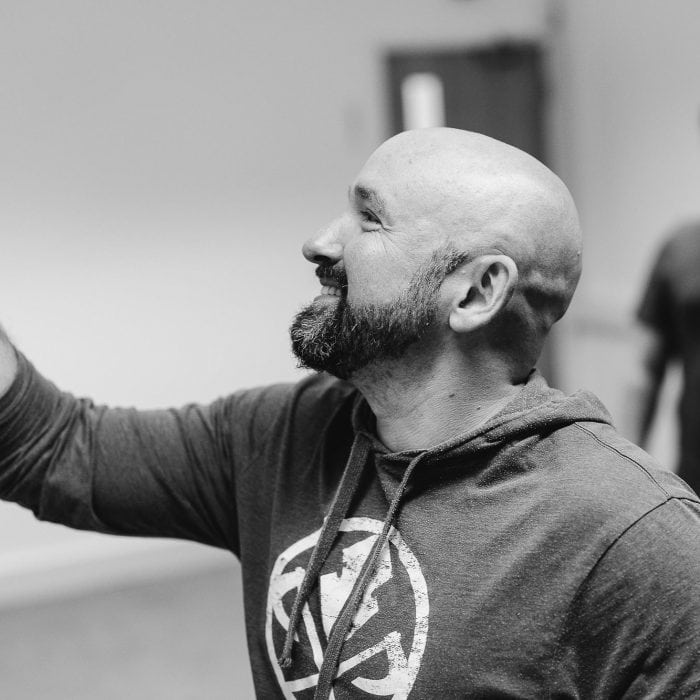We’re all testers
High-quality software comes from developers who are engaged, curious, and accountable. One of the biggest advantages of Agile development is the ‘whole team’ approach; there are no individual departments, just a group that has the skillset required to build the right product. Everyone is responsible for the quality of the product they deliver, so there’s no passing on a hot potato of buggy software for a QA team to deal with.
Approaches like mob programming and automated quality checks within the continuous delivery pipeline mean cleaner code that’s easier to test and less likely to include bugs. And what we can’t automate effectively, we check manually.
As a team, we sit down and work through challenges together, discussing the best approach to ensure code is only as complex as it needs to be. (That makes changes and additions easier further down the continuous improvement journey.)
These approaches not only let our developers build the software in line with our clients’ requirements, but also to implement the bug-avoiding solutions and usability fixes that are usually suggested after a testing phase. We embed those directly into development, which means even the smallest piece of code doesn’t go anywhere without being properly designed, and unit- and integration-tested first.
All this means that every person on the team is dedicated to producing high-quality software, that answers clients’ needs and delivers seamless end-user experiences. So, if you’ve got a project that needs that quality-focused CI/CD approach, you know where to find us.



